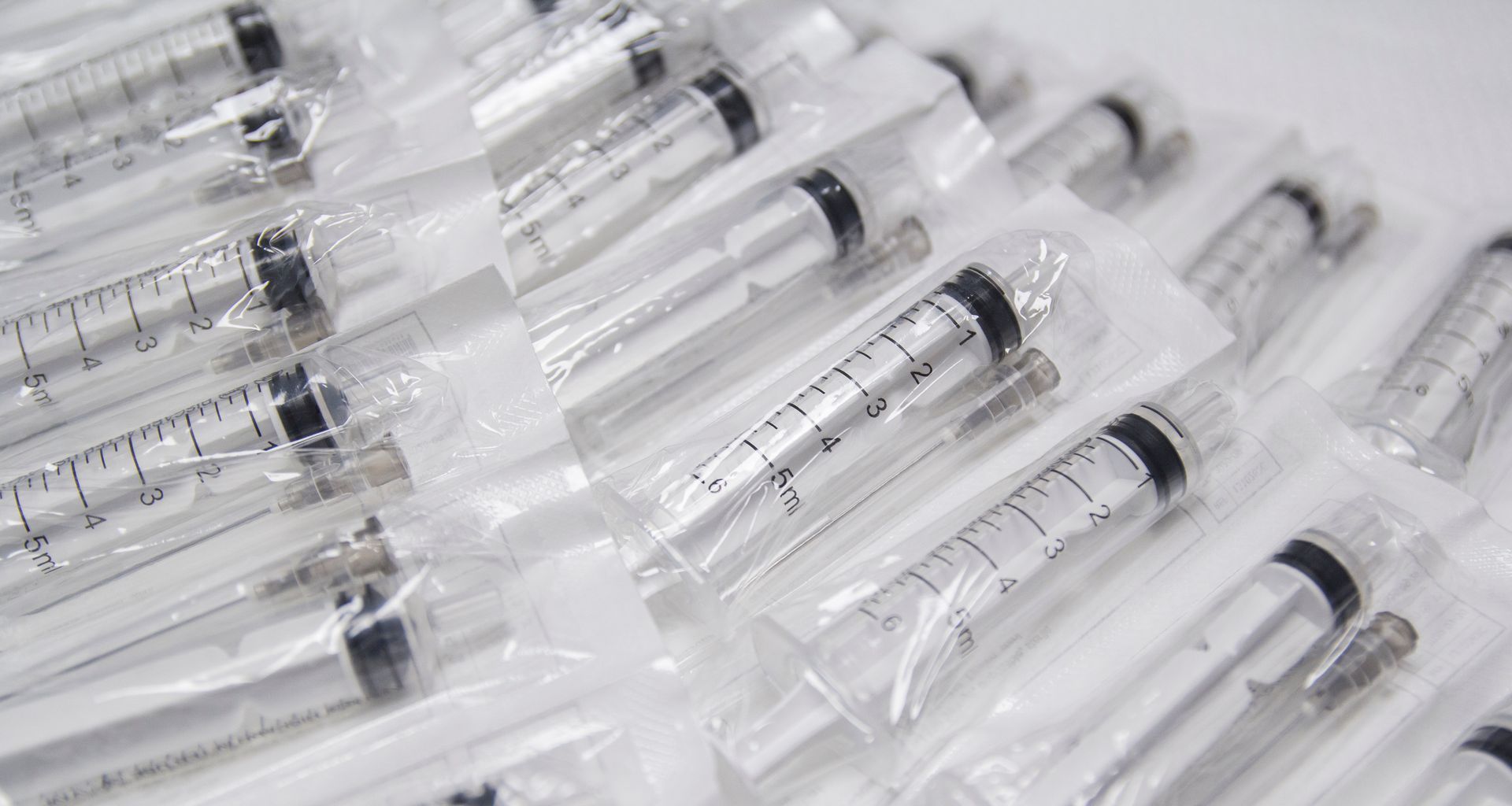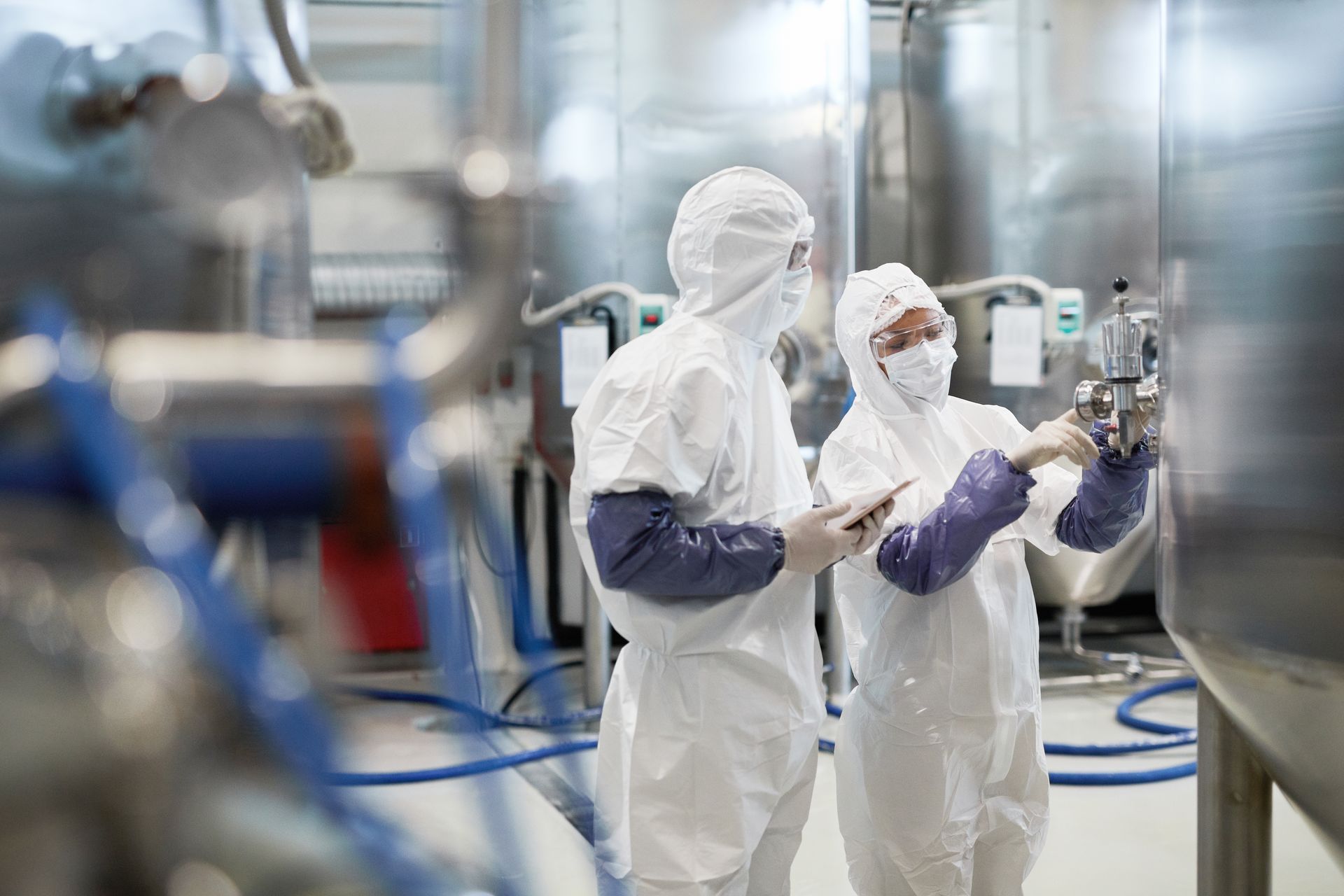ISO 13485: Comprehensive Overview of the Medical Device Quality Management Standard

Introduction
ISO 13485 is an internationally recognized standard for quality management systems (QMS) specifically designed for medical devices. Published by the International Organization for Standardization (ISO), it provides a framework to ensure the consistent design, development, production, installation, and servicing of medical devices. ISO 13485 is crucial for manufacturers, suppliers, and other organizations involved in the medical device supply chain, as it sets the requirements necessary to ensure the safety and effectiveness of medical devices. Here’s a comprehensive overview of ISO 13485, its structure, requirements, benefits, and key considerations.
1. Understanding ISO 13485 and Its Purpose
ISO 13485 aligns with regulatory requirements for medical device production, focusing on risk management, quality assurance, and the specific requirements related to the life cycle of medical devices. Unlike ISO 9001, which is more general, ISO 13485 tailors its quality management framework for medical device safety and efficacy.
The purpose of ISO 13485 is to provide organizations with a practical foundation for:
- Meeting regulatory requirements related to medical devices.
- Managing risks associated with medical devices.
- Improving the quality and safety of medical products.
- Consistently meeting customer expectations regarding the quality of medical devices.
ISO 13485 certification can also be a regulatory requirement in various countries, including Canada, the European Union, and certain regions in Asia, as part of the requirements for marketing and distributing medical devices.
2. Scope and Structure of ISO 13485
ISO 13485 addresses the entire lifecycle of a medical device, covering areas like design, manufacturing, distribution, installation, and maintenance. While it closely aligns with the structure of ISO 9001, ISO 13485 is more prescriptive in its requirements, reflecting the higher degree of risk involved in medical device production.
The main sections of ISO 13485 are as follows:
- Scope: Defines the applicability and intent of the standard.
- Normative References: Lists documents referenced in the standard.
- Terms and Definitions: Establishes specific terminology related to medical devices and quality management.
- Quality Management System (QMS): Details the requirements for establishing, documenting, and maintaining a QMS for medical devices.
- Management Responsibility: Outlines the commitment of management to establish and implement the QMS.
- Resource Management: Specifies requirements for allocating resources, training staff, and maintaining a clean and safe work environment.
- Product Realization: Describes the stages of product realization, including design, development, and manufacturing.
- Measurement, Analysis, and Improvement: Focuses on maintaining and improving the QMS through regular reviews, audits, and continuous improvement processes.
Each section provides specific requirements for ensuring quality and safety, often requiring documentation, records, and verifications at various stages of the product lifecycle.
3. Key Requirements of ISO 13485
ISO 13485’s key requirements focus on critical areas in medical device manufacturing and the management of related processes. Here’s a breakdown of these requirements:
a) Quality Management System (QMS) Requirements
- Establish and document the QMS with policies, procedures, and records relevant to medical devices.
- Define QMS scope based on the organization’s activities.
- Implement regular updates and improvements to the QMS based on performance data and risk assessment.
b) Management Responsibility
- Top management must demonstrate a commitment to the QMS, setting a quality policy, establishing measurable objectives, and conducting regular management reviews.
- Ensure that responsibilities, authorities, and roles within the organization are well defined, documented, and communicated.
c) Resource Management
- Ensure sufficient resources are allocated, including personnel, infrastructure, and equipment.
- Ensure that personnel are properly trained and qualified for tasks that impact product quality.
- Maintain a controlled work environment that complies with regulatory requirements.
d) Product Realization
- Outline a systematic approach to product realization, including design and development, planning, purchasing, and production.
- Conduct risk analysis to identify potential product risks at each stage.
- Implement rigorous controls in procurement, verification, and validation activities to ensure suppliers meet quality standards.
e) Design and Development Controls
- Document all stages of product design and development, including design input, output, review, verification, and validation.
- Maintain traceability of design changes and approvals throughout the development process.
f) Production and Process Controls
- Establish detailed production processes and monitor them to ensure consistent product quality.
- Implement product traceability measures throughout manufacturing and, where necessary, post-market.
- Maintain equipment and environmental controls to prevent contamination and ensure product sterility.
g) Measurement, Analysis, and Improvement
- Monitor and measure processes to assess QMS effectiveness, customer satisfaction, and product conformity.
- Implement corrective and preventive actions (CAPA) in response to nonconformities or potential improvements.
- Regularly conduct internal audits and management reviews to ensure ongoing compliance.
4. Benefits of ISO 13485 Certification
Obtaining ISO 13485 certification offers numerous advantages for medical device manufacturers, suppliers, and other stakeholders:
- Regulatory Compliance: ISO 13485 aligns closely with many international regulatory requirements, such as the FDA’s 21 CFR Part 820 and the EU’s MDR. Certification can streamline the regulatory approval process.
- Enhanced Product Quality and Safety: By standardizing processes and implementing risk-based controls, ISO 13485 reduces the likelihood of defects or safety issues in medical devices.
- Market Access: Certification is often a prerequisite for accessing global markets, including the EU, Canada, and many countries in Asia and Latin America.
- Improved Efficiency: The standard promotes a structured approach to production and process management, often leading to cost reductions and operational efficiencies.
- Customer Trust: Certification assures clients and patients that a medical device manufacturer is committed to quality and safety.
5. ISO 13485 vs. ISO 9001: Key Differences
ISO 13485 and ISO 9001 share a similar structure, but ISO 13485 is specifically tailored to medical devices, with additional emphasis on risk management, traceability, and regulatory compliance. Key differences include:
- Risk Management: ISO 13485 requires a risk-based approach at all stages, while ISO 9001 only suggests it in certain areas.
- Product Realization: ISO 13485 includes additional controls specific to the medical device industry, such as product traceability and sterilization requirements.
- Documentation: ISO 13485 mandates extensive documentation and validation for processes, making it more prescriptive than ISO 9001.
6. Implementing ISO 13485: Steps to Compliance
For organizations looking to implement ISO 13485, the process can be broken down into these fundamental steps:
- Gap Analysis: Assess current practices against ISO 13485 requirements to identify areas needing improvement.
- QMS Development: Establish a comprehensive QMS, addressing documentation, policies, and procedures for all applicable areas.
- Training and Resource Allocation: Train personnel on the standard’s requirements and assign resources as needed.
- Process and Product Control: Document design, manufacturing, and process controls specific to medical device production.
- Conduct Internal Audits: Regular internal audits are essential to identify and address issues before formal certification audits.
- Certification Audit: Engage a certified auditing body to conduct the certification audit, followed by re-certification audits as required.
7. The Role of Risk Management in ISO 13485
ISO 13485 places a strong emphasis on risk management, recognizing that medical devices often impact patient health and safety. Organizations must identify and mitigate risks at each stage of the device lifecycle, including design, manufacturing, storage, and distribution. This includes establishing a risk management file, conducting regular risk assessments, and implementing controls to reduce risks to acceptable levels.
8. Revisions and Updates to ISO 13485
The current version, ISO 13485:2016, introduced several important updates, including:
- Greater focus on risk-based decision-making.
- Enhanced controls over suppliers and outsourced processes.
- Expanded requirements for design and development procedures.
- Greater emphasis on regulatory documentation and reporting.
These updates reflect the evolving regulatory landscape and the increasing complexity of medical device technology.
Conclusion
ISO 13485 is an essential standard for organizations involved in the medical device industry, providing a robust framework for quality and safety. Certification can enhance a company’s marketability, improve product quality, and ensure compliance with global regulations. By understanding and implementing ISO 13485, companies can achieve a systematic approach to quality management, ultimately supporting the safety and well-being of patients and healthcare providers worldwide.
Medical Devices
Below is a comprehensive list of the top 50 essential medical devices widely used across healthcare settings. These devices range from diagnostics to treatment, surgery, and patient care, making them crucial for effective medical practice:
Diagnostic Devices
- Stethoscope – For listening to internal sounds.
- Blood Pressure Monitor – Measures blood pressure levels.
- Thermometer – Measures body temperature.
- Electrocardiogram (ECG/EKG) Machine – Records electrical activity of the heart.
- Pulse Oximeter – Monitors oxygen saturation in blood.
- Ultrasound Machine – Uses sound waves to visualize internal organs.
- X-ray Machine – Captures images of bones and tissues.
- MRI Scanner – Provides detailed images of soft tissues.
- CT Scanner – Offers cross-sectional imaging of the body.
- Glucose Meter – Monitors blood glucose levels.
Surgical and Operating Room Equipment
- Surgical Scalpel – For precise incisions.
- Defibrillator – Delivers electric shock to the heart during cardiac arrest.
- Anesthesia Machine – Delivers anesthetics during surgery.
- Infusion Pump – Administers controlled amounts of fluids.
- Surgical Lights – Provides high-intensity lighting in operating rooms.
- Endoscope – Allows viewing of internal organs during minimally invasive procedures.
- Laparoscope – Specialized for laparoscopic (minimally invasive) surgeries.
- Electrosurgical Unit – Uses electric current for cutting or coagulating tissue.
- C-arm X-ray Machine – Used in orthopedic and trauma surgery for imaging.
- Surgical Microscope – For high-precision surgeries.
Respiratory and Life-Support Equipment
- Ventilator – Assists or controls breathing.
- Nebulizer – Delivers medication directly to the lungs.
- Oxygen Concentrator – Provides supplemental oxygen to patients.
- CPAP Machine – Treats sleep apnea by providing continuous airway pressure.
- ECMO Machine – Provides cardiac and respiratory support for critically ill patients.
Patient Monitoring Equipment
- Heart Rate Monitor – Continuously measures heart rate.
- EEG Machine – Monitors electrical activity in the brain.
- Fetal Monitor – Tracks fetal heartbeat and contractions.
- Holter Monitor – Portable device for continuous ECG monitoring.
- ICU Patient Monitor – Monitors vital signs in intensive care units.
Rehabilitation and Mobility Devices
- Wheelchair – Provides mobility for those with physical disabilities.
- Prosthetic Limb – Replaces missing limbs.
- Orthopedic Brace – Supports injured or weakened limbs.
- Hearing Aid – Enhances hearing for those with hearing loss.
- Pacemaker – Helps regulate heartbeats for arrhythmia patients.
Laboratory and Diagnostic Testing Equipment
- Microscope – For magnifying small structures in clinical labs.
- Centrifuge – Separates components in blood samples.
- PCR Machine – Amplifies DNA for genetic testing.
- Urine Analyzer – Analyzes components of urine samples.
- Hemoglobin Analyzer – Measures hemoglobin levels in blood.
Home Healthcare and Wearable Devices
- Wearable Fitness Tracker – Monitors physical activity and vital signs.
- Blood Glucose Monitor – For at-home blood sugar monitoring.
- Digital Thermometer – Allows patients to take temperature at home.
- Home Blood Pressure Monitor – For regular blood pressure tracking at home.
- Smart Pill Dispenser – Ensures medication is taken on schedule.
Sterilization and Cleaning Equipment
- Autoclave – Sterilizes medical equipment using high-pressure steam.
- UV Sterilizer – Uses UV light to disinfect surfaces and equipment.
- Ultrasonic Cleaner – Cleans equipment with ultrasonic waves.
- Disinfection Sprayer – Disinfects surfaces in patient care areas.
- Air Purifier – Maintains clean air, especially in sterile environments.
These top 50 devices play a pivotal role in diagnostics, treatment, surgery, patient care, and rehabilitation, helping healthcare professionals deliver precise, efficient, and effective care.
Read more: All About Cleanrooms - The ultimate Guide






